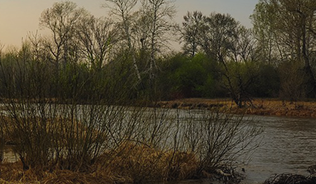Over the past 12 months the IES has been developing a new strategy which will guide the organisation over the next three years. In a series of blogs, IES CEO Adam Donnan explains the thinking behind the strategy and how it will change the work of the Institution.
Professional bodies are fascinating organisations to manage because they don’t fit traditional business or non-profit models and they often defy attempts to simplify their purpose.
Why is this? One of the sources of complexity is that we exist to serve a multitude of stakeholders. Our members are our primary stakeholders, but we also provide a service for the universities we accredit, the legislative bodies we engage with, the sector we represent, and the public whose benefit we serve.
There can be synergies between the needs and desires of these groups, but there can also be conflict. Nevertheless, we believe that one of the strengths of the Institution is that we sit across the worlds of academia, business and government, and to neglect any of these groups would lead to a diminishment of our services and a retreat from our important societal role. That is why the IES is, and will remain, a charitable organisation, serving numerous stakeholders.
The second source of complexity comes from the range of specialisms within our membership. As the science of sustainability becomes more sophisticated, it pulls more scientific disciplines into its orbit. As a result, the environmental sector has grown substantially in numbers and in the range of specialisms that it encompasses.
The common thread that runs through all our members' professional lives is their engagement with science. Members are either scientists (teaching, research and applied), or professionals making decisions based on science. In the fragmented environmental sector there are numerous bodies serving environmental managers, but the IES is unique in being the voice of science.
The current object of the organisation is "to educate the public in the environmental sciences". This has served as the aim of the organisation for 45 years, from 1972 to 2017. However, we no longer feel that this accurately represents the work of the Institution.
The strategic process has led to the development of new tag line for the Institution: 'Standing up for science, scientists and the natural world.' The new object reflects the multitude of stakeholders that we serve, with science remaining at the heart of everything we do. We will now seek to update our Charitable Objects with the Charity Commission in line with their guidance.





